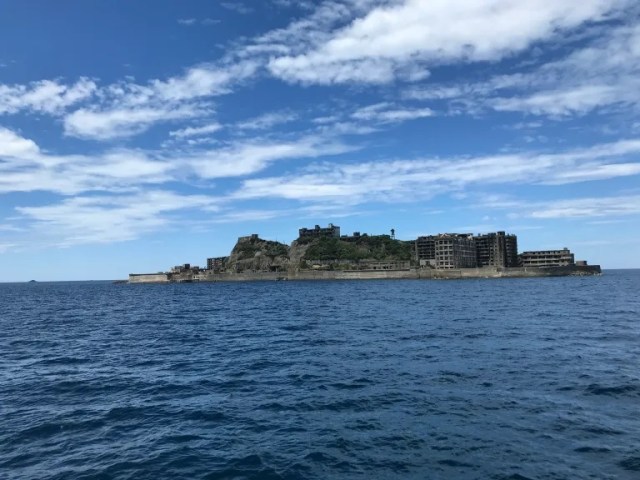
Our Nagasaki native gets her first up-close look at the whole-island ghost town.
In recent years, Nagasaki Prefecture’s Hashima Island, better known as Gunkanjima, or “Battleship Island,” has become one of the most internationally famous sites in Japan. A coal mining center for roughly 85 years, in its heyday Gunkanjima was one of the most densely populated places on the planet, with nearly every inch of buildable land space used for housing, schools, recreation, and administration buildings for the miners digging for coal beneath the surface and accompanying families.
Eventually, though, demand for coal was replaced by that for other energy sources, and when the mine was closed in 1974, Gunkanjima’s entire population left the island in a matter of months. That speedy departure turned the island into a ghost town, one that’s been preserved remarkably well thanks to the sturdy concrete construction of its high-rise condos and other structures, which were built to withstand the typhoons that often pass through that part of Japan.
But despite being born and raised in Nagasaki, our Japanese-language reporter Mariko Ohanabatake had never seen Gunkanjima up close. The island was off-limits to tourists until 2009, and so it didn’t get much attention from the general public when she was a kid. Fast forward to today, though, when Gunkanjima is a designated UNESCO World Heritage Site, and Mario found herself thinking it was time she took a cruise for a closer look at the landmark.
There are a couple of different tour groups that offer cruises to or around Gunkanjima, and Mariko was pleased to discover that they’re not as expensive as she’d expected. Somewhere around 3,500 yen (US$25) for adult is what they all charge for a standard two-and-a-half-hour tour, and Mariko opted for a morning departure on a ship operated by Seaman Company, which leaves from Nagasaki Port’s Tokiwa No. 2 Pier in Nagasaki City.
▼ Banners for Seaman (シーマン) and Gunkanjima (軍艦島) let her know she was in the right place to board the boat.
Mariko’s ship was scheduled to set sail at 10;30 a.m., but passengers were required to be aboard by 10:10. The pricing system is actually kind of complicated. The regular price for a tour which includes setting foot on Gunkanjima is 3,600 yen. You can knock 300 yen off of that by using a coupon, which you can find on Seaman’s website here. There’s also a 3,300-yen course that doesn’t include getting off at Gunkanjima. However, since boats being able to dock at Gunkanjima and let passengers go ashore there is dependent on projected weather conditions, it’s possible that even if you’ve booked a go-ashore-at-Gunkanjima cruise, when you show up you’ll be informed that the course has been changed to one that doesn’t stop at the island, which is what happened to Mariko (since you pay in cash at the dock, there’s no refund process; you simply pay for the lower-priced ticket).
The boat has shaded seats below and an open-air deck on top. Seating is unassigned, so after claiming an open one, Mariko settled in, and the boat got underway.
On the way out, you’ll pass by a number of interesting sights, starting with the Mitsubishi shipyard.
They used to build passenger cruise ships here, but in recent years the facility’s focus has turned to producing vessels for the Japan Maritime Self-Defense Forces.
As the boat continues making its ay southwest towards Gunkanjima, it passes by the neighborhood called Kaminoshima. Kaminoshima could translate to “Island of the Gods,” and from the ship you can see a towering statue of the Virgin Mary, Nagasaki being one of the first places in Japan with a Christian community. Kaminoshima also has a set of Shichifukujin (Seven Lucky Gods) shrines, giving it divinity of a multi-faceted nature
Also along the way is the uninhabited but picturesque Nezumishima.
Nagasaki is famous for its large number of islands and inlets, but eventually the ship made it out into open water, and soon enough, Mariko could see Gunkanjima.
It was a surreal but compelling sight to see with her own eyes. With not a soul living there anymore, it’s got a palpable haikyo (urban ruins) mystique to it.
Making it all the more mysterious-feeling is that despite its remote location, Gunkanjima was far from a dystopia for employees to live in. In order to attract employees, starting wages were very high, equivalent to somewhere between 500,000 and 600,000 yen a month (roughly US$3,500 to US$4,225) in today’s money, more than double what most entry-level jobs in Japan pay.
Gunkanjima’s residential areas had a department store and movie theater, schools, a preschool with a rooftop garden for kids to play in, and a pachinko hall open 24 hours a day (something you won’t find even in big Japanese cities today). At a time when television sets were still such a new technological marvel that only around 8 percent of the homes in Japan had one, Gunkanjima’s employee families were prosperous enough to reportedly all be able to afford one for themselves.
The island’s infrastructure had some impressive claims to fame too. The reinforced concrete apartment buildings were the first of their kind to be built in Japan, and the mine’s coal elevator stretched down roughly 600 meters (1,969 feet), making it almost as deep as the Tokyo Skytree is tall.
As we mentioned above, conditions on this day unfortunately didn’t allow Mariko and her fellow passengers to go ashore at Gunkanjima. However, on the way out the boat did make an alternative 30-minute stop at the island of Takashima. Takashima also has a coal mine, one that’s still in operation today, and there’s also a museum where visitors can learn about how the mine operates. Mariko’s favorite part of the island, though, was getting to meet some of the 400 or so cats who live there. making their population bigger than that of Takashima’s 300 human inhabitants.
A few last bits of advice from Mariko: Because of Gunkanjima’s popularity, weekend tours tend to fill up quickly, especially during the summer, so you’ll want to book ahead if Saturday and Sunday are the only days that work for you. If you can swing a weekday trip, though, it’s a lot easier to get a seat on a ship. Also, while the boat isn’t a tiny dinghy, it’s not huge either, so you should be prepared for some jostling from the waves and might want to take a seasickness pill if you’re worried about your stomach being up to the challenge.
Even though Mariko didn’t get to set foot on Gunkanjima, seeing it up close was still a great experience. Sometimes, when you grow up so close to a place, it can be hard to see what makes it so special, but now that she’s seen it with her own eyes, she can see why it captures so many people’s imagination.
Related: Seaman Company Gunkanjima Tour website
Photos © SoraNews24
● Want to hear about SoraNews24’s latest articles as soon as they’re published? Follow us on Facebook and Twitter!
[ Read in Japanese ]

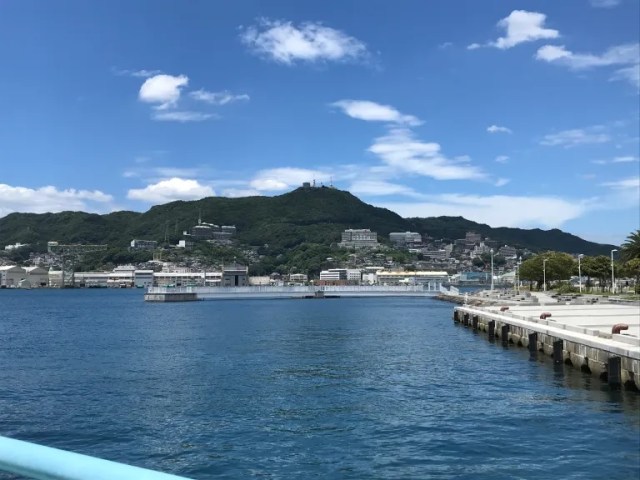
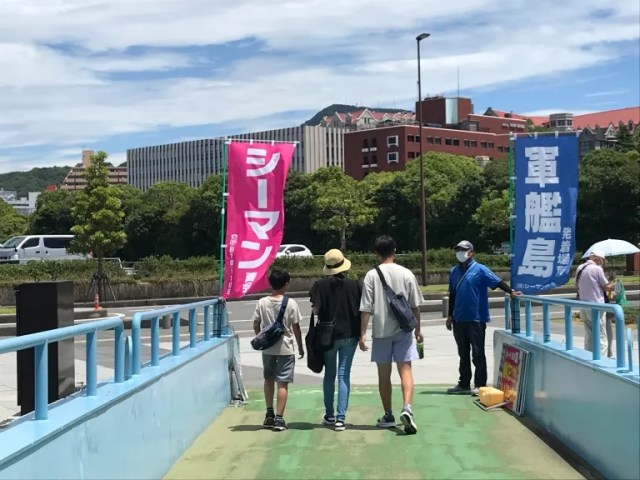


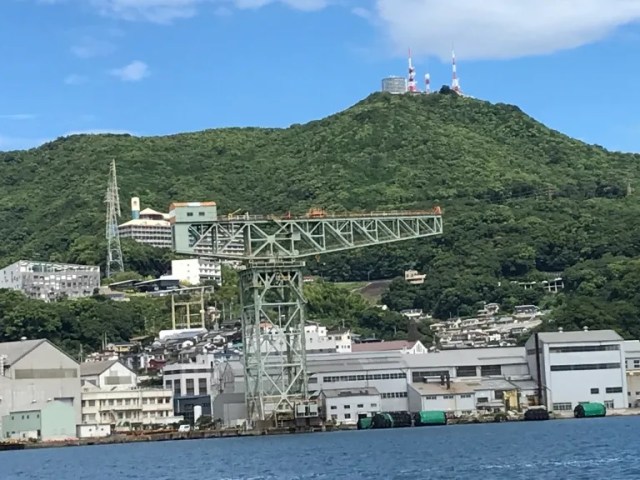
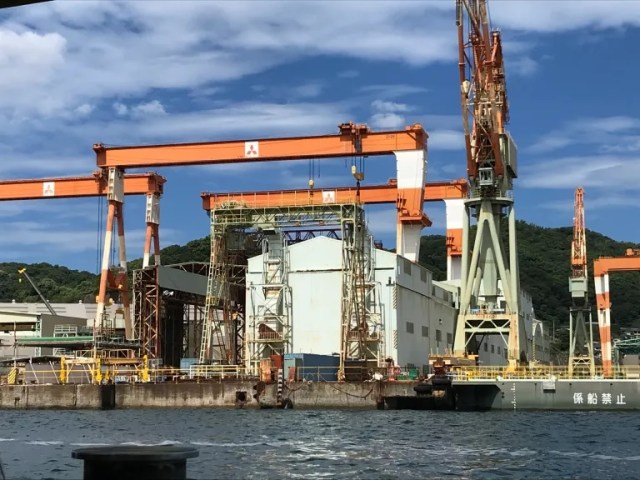

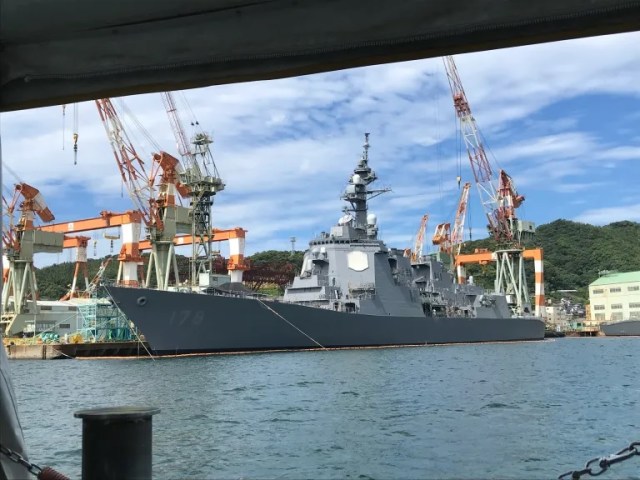
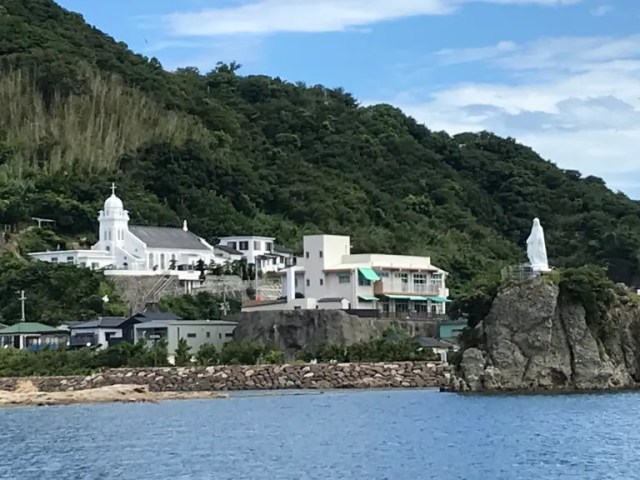
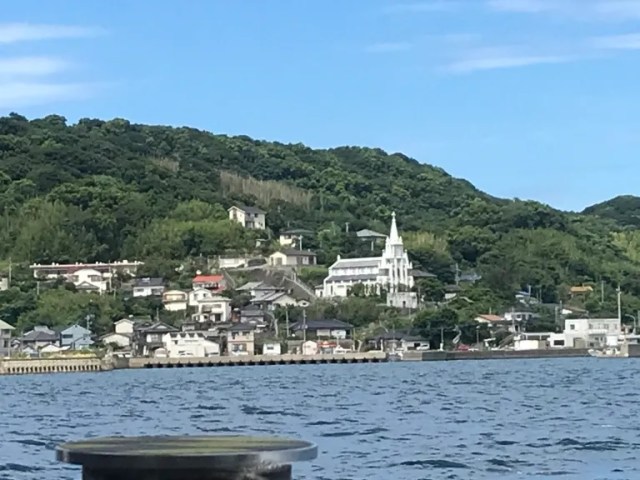
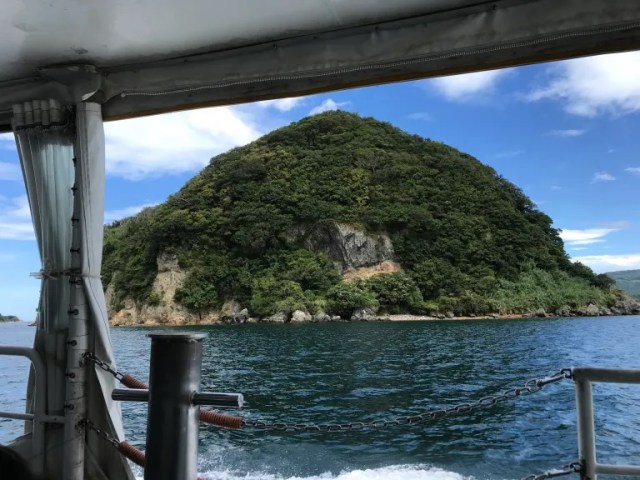
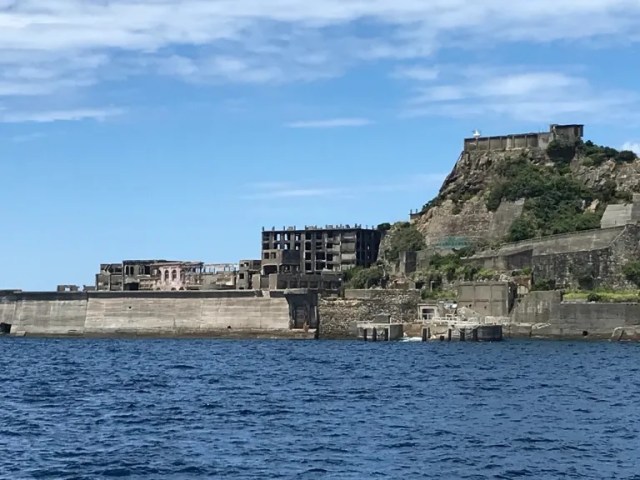
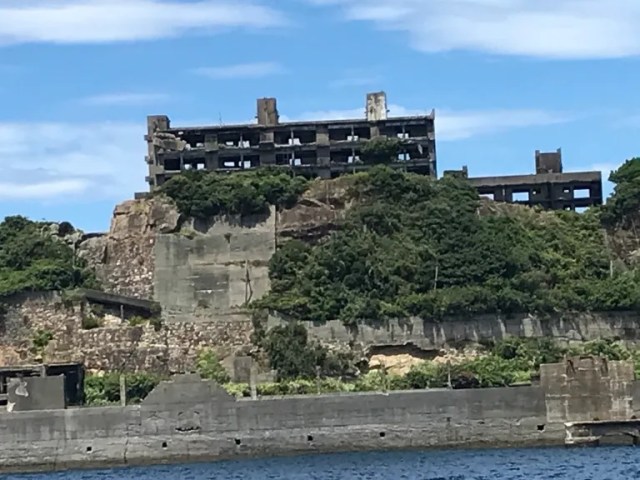
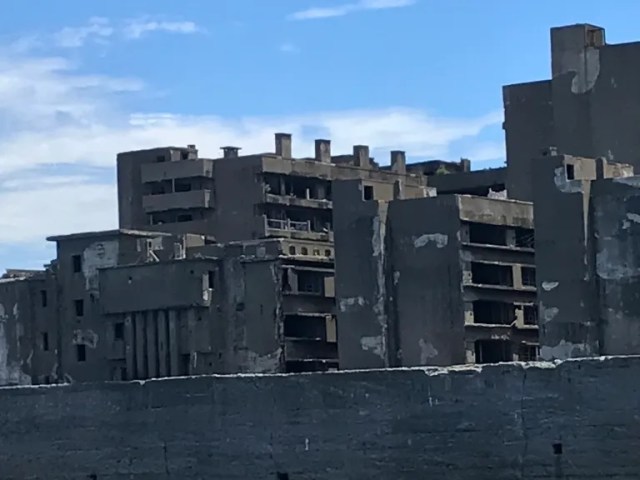
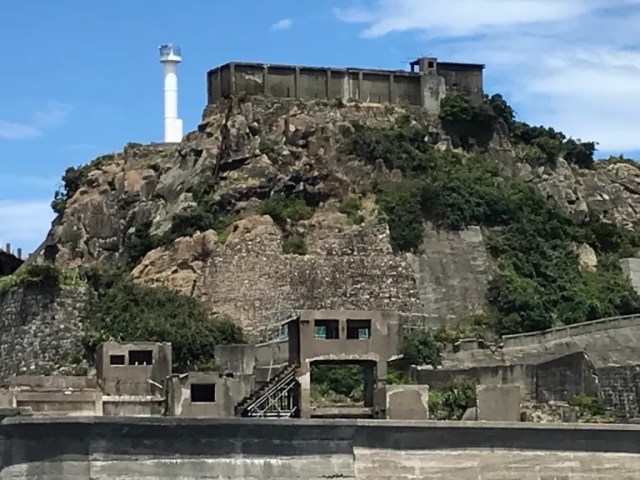
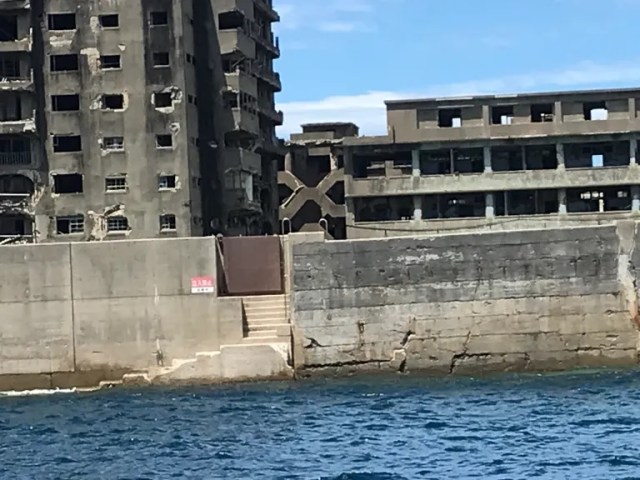
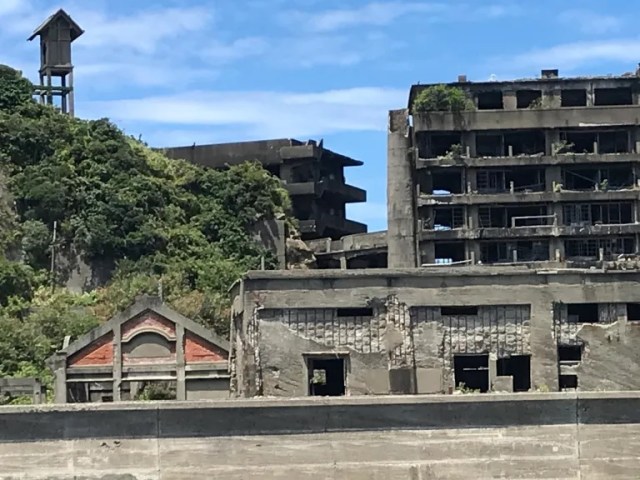
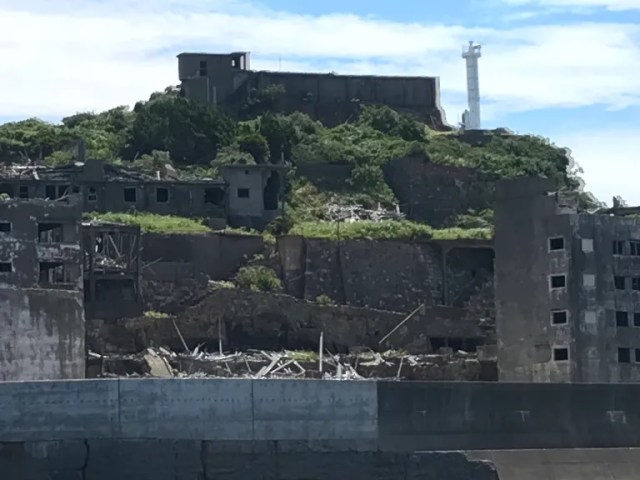
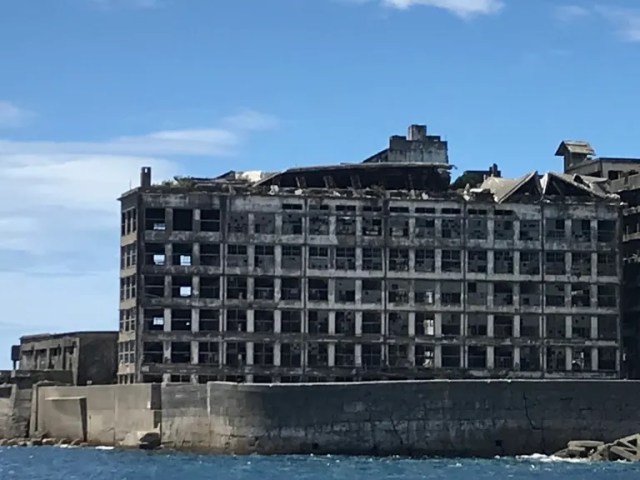
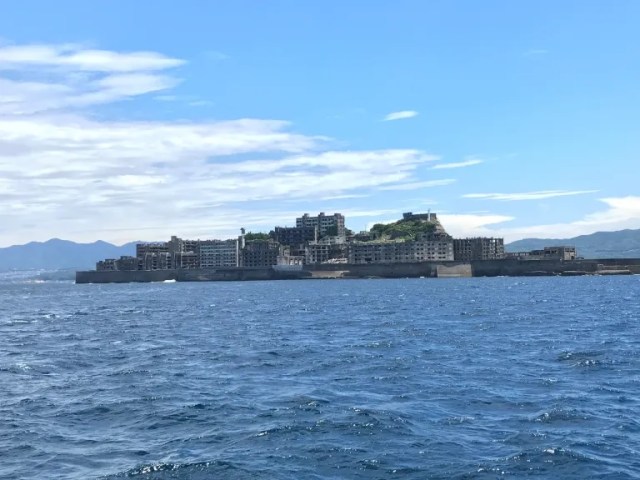
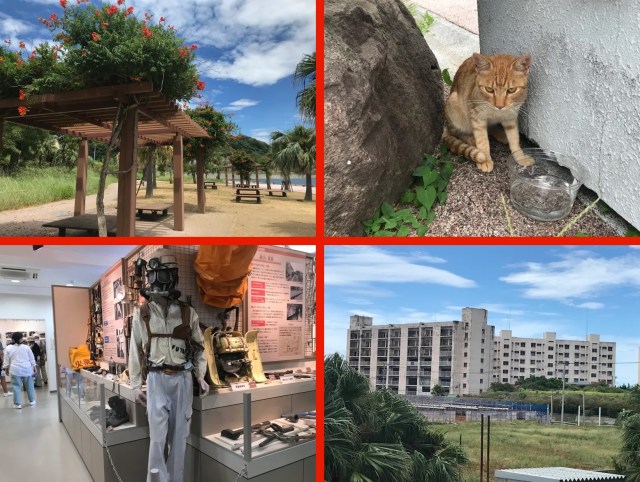
 You can build Japan’s hauntingly beautiful Gunkanjima as a papercraft kit【Photos】
You can build Japan’s hauntingly beautiful Gunkanjima as a papercraft kit【Photos】 Check out this absolutely stunning drone video of Nagasaki’s Battleship Island in Ultra HD
Check out this absolutely stunning drone video of Nagasaki’s Battleship Island in Ultra HD Take it from a local: This resort island off the coast of Nagasaki is totally worth a side trip
Take it from a local: This resort island off the coast of Nagasaki is totally worth a side trip Gunkanjima and 22 sites of Japan Meiji Industrial Revolution up for World Heritage award
Gunkanjima and 22 sites of Japan Meiji Industrial Revolution up for World Heritage award End-of-the-line exploring in Japan: Visiting Hashimoto Station
End-of-the-line exploring in Japan: Visiting Hashimoto Station Foreigner’s request for help in Tokyo makes us sad for the state of society
Foreigner’s request for help in Tokyo makes us sad for the state of society Seaside scenery, history, and so many desserts on Yokohama’s Akai Kutsu【Japan Loop Buses】
Seaside scenery, history, and so many desserts on Yokohama’s Akai Kutsu【Japan Loop Buses】 Japanese city loses residents’ personal data, which was on paper being transported on a windy day
Japanese city loses residents’ personal data, which was on paper being transported on a windy day Red light district sushi restaurant in Tokyo shows us just how wrong we were about it
Red light district sushi restaurant in Tokyo shows us just how wrong we were about it McDonald’s new Happy Meals offer up cute and practical Sanrio lifestyle goods
McDonald’s new Happy Meals offer up cute and practical Sanrio lifestyle goods Harajuku Station’s beautiful old wooden building is set to return, with a new complex around it
Harajuku Station’s beautiful old wooden building is set to return, with a new complex around it The 2023 Sanrio character popularity ranking results revealed
The 2023 Sanrio character popularity ranking results revealed Should you add tartar sauce to Japanese curry rice? CoCo Ichi makes diners an unusual offer
Should you add tartar sauce to Japanese curry rice? CoCo Ichi makes diners an unusual offer Starbucks Japan releases new mugs and gifts for Mother’s Day
Starbucks Japan releases new mugs and gifts for Mother’s Day Smash Bros. director Sakurai stabs Kirby in the face, has delicious justification for it
Smash Bros. director Sakurai stabs Kirby in the face, has delicious justification for it Japanese ramen restaurants under pressure from new yen banknotes
Japanese ramen restaurants under pressure from new yen banknotes French Fries Bread in Tokyo’s Shibuya becomes a hit on social media
French Fries Bread in Tokyo’s Shibuya becomes a hit on social media Studio Ghibli releases new action figures featuring Nausicaä of the Valley of the Wind characters
Studio Ghibli releases new action figures featuring Nausicaä of the Valley of the Wind characters New private rooms on Tokaido Shinkansen change the way we travel from Tokyo to Kyoto
New private rooms on Tokaido Shinkansen change the way we travel from Tokyo to Kyoto Tokyo Tsukiji fish market site to be redeveloped with 50,000-seat stadium, hotel, shopping center
Tokyo Tsukiji fish market site to be redeveloped with 50,000-seat stadium, hotel, shopping center Beautiful Ghibli sealing wax kits let you create accessories and elegant letter decorations【Pics】
Beautiful Ghibli sealing wax kits let you create accessories and elegant letter decorations【Pics】 Studio Ghibli releases Kiki’s Delivery Service chocolate cake pouches in Japan
Studio Ghibli releases Kiki’s Delivery Service chocolate cake pouches in Japan New definition of “Japanese whiskey” goes into effect to prevent fakes from fooling overseas buyers
New definition of “Japanese whiskey” goes into effect to prevent fakes from fooling overseas buyers Our Japanese reporter visits Costco in the U.S., finds super American and very Japanese things
Our Japanese reporter visits Costco in the U.S., finds super American and very Japanese things All-you-can-drink Starbucks and amazing views part of Tokyo’s new 170 meter-high sky lounge
All-you-can-drink Starbucks and amazing views part of Tokyo’s new 170 meter-high sky lounge More foreign tourists than ever before in history visited Japan last month
More foreign tourists than ever before in history visited Japan last month New Pokémon cakes let you eat your way through Pikachu and all the Eevee evolutions
New Pokémon cakes let you eat your way through Pikachu and all the Eevee evolutions Disney princesses get official manga makeovers for Manga Princess Cafe opening in Tokyo
Disney princesses get official manga makeovers for Manga Princess Cafe opening in Tokyo Sales of Japan’s most convenient train ticket/shopping payment cards suspended indefinitely
Sales of Japan’s most convenient train ticket/shopping payment cards suspended indefinitely Sold-out Studio Ghibli desktop humidifiers are back so Totoro can help you through the dry season
Sold-out Studio Ghibli desktop humidifiers are back so Totoro can help you through the dry season Japanese government to make first change to romanization spelling rules since the 1950s
Japanese government to make first change to romanization spelling rules since the 1950s Ghibli founders Toshio Suzuki and Hayao Miyazaki contribute to Japanese whisky Totoro label design
Ghibli founders Toshio Suzuki and Hayao Miyazaki contribute to Japanese whisky Totoro label design Doraemon found buried at sea as scene from 1993 anime becomes real life【Photos】
Doraemon found buried at sea as scene from 1993 anime becomes real life【Photos】 Tokyo’s most famous Starbucks is closed
Tokyo’s most famous Starbucks is closed One Piece characters’ nationalities revealed, but fans have mixed opinions
One Piece characters’ nationalities revealed, but fans have mixed opinions We asked a Uniqlo employee what four things we should buy and their suggestions didn’t disappoint
We asked a Uniqlo employee what four things we should buy and their suggestions didn’t disappoint Princesses, fruits, and blacksmiths: Study reveals the 30 most unusual family names in Japan
Princesses, fruits, and blacksmiths: Study reveals the 30 most unusual family names in Japan Why not celebrate your graduation with a cool boat trip to the world’s biggest tidal whirlpools?
Why not celebrate your graduation with a cool boat trip to the world’s biggest tidal whirlpools? Reports of the death of Tokyo’s Daikanyama neighborhood have been greatly exaggerated
Reports of the death of Tokyo’s Daikanyama neighborhood have been greatly exaggerated What’s it like traversing Tokyo using only wheelchair accessible routes?
What’s it like traversing Tokyo using only wheelchair accessible routes? Shop in Tokyo’s Chinatown has TWENTY kinds of delicious homemade steamed buns
Shop in Tokyo’s Chinatown has TWENTY kinds of delicious homemade steamed buns Solo sakura: Four reasons to have a one-person cherry blossom-viewing party
Solo sakura: Four reasons to have a one-person cherry blossom-viewing party We get a rare whiff of the corpse flower, a.k.a. the world’s stinkiest flower, in Tokyo botanical garden
We get a rare whiff of the corpse flower, a.k.a. the world’s stinkiest flower, in Tokyo botanical garden Do Tokyo’s Reversible Destiny Lofts really hold the power to reverse your destiny?
Do Tokyo’s Reversible Destiny Lofts really hold the power to reverse your destiny? A visit to T-CAT, Tokyo’s often forgotten City Air Terminal【Photos】
A visit to T-CAT, Tokyo’s often forgotten City Air Terminal【Photos】 Soup curry and onigiri for breakfast at a super tasty semi-secret spot in Tokyo’s Shinjuku
Soup curry and onigiri for breakfast at a super tasty semi-secret spot in Tokyo’s Shinjuku These are the hidden-gem catspotting neighborhoods of Nagasaki【Photos】
These are the hidden-gem catspotting neighborhoods of Nagasaki【Photos】 3 convenience store ice creams you should buy at 7-Eleven in Kyushu
3 convenience store ice creams you should buy at 7-Eleven in Kyushu Japanese convenience store or Japanese supermarket: Which one is cheaper?
Japanese convenience store or Japanese supermarket: Which one is cheaper? Hello Kitty doesn’t have a mouth, so how does she video chat with fans? We find out!
Hello Kitty doesn’t have a mouth, so how does she video chat with fans? We find out! House hunting? Here are some tips that might prevent headaches and frustrations
House hunting? Here are some tips that might prevent headaches and frustrations On-warabimochi: A delicious Japanese dessert you should only eat with people who already love you
On-warabimochi: A delicious Japanese dessert you should only eat with people who already love you Questions raised over the mental state of Korean ferry captain
Questions raised over the mental state of Korean ferry captain
Leave a Reply